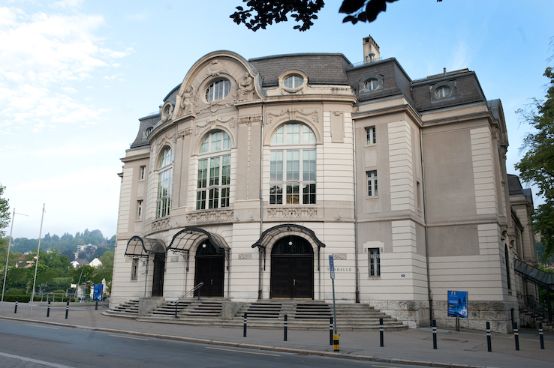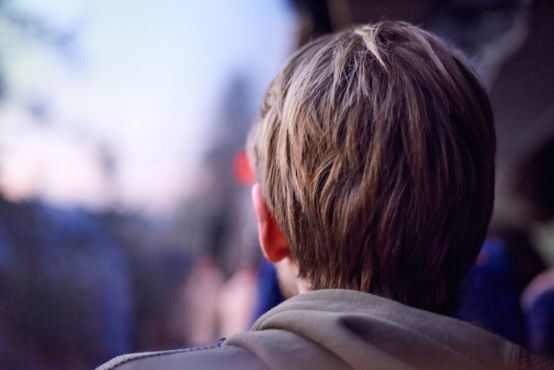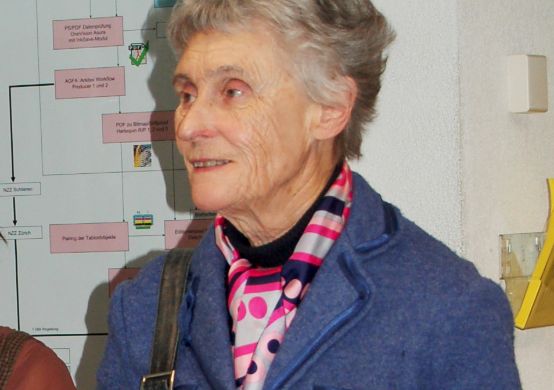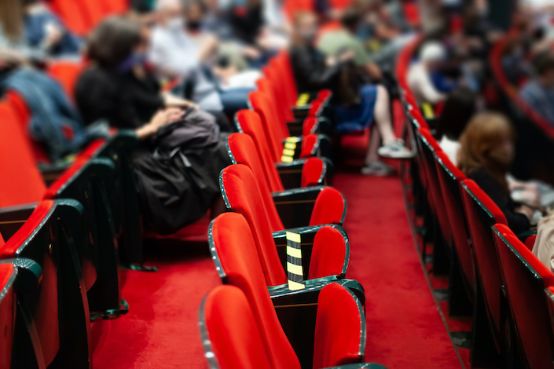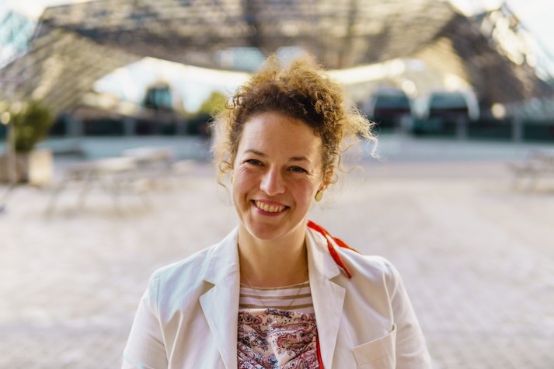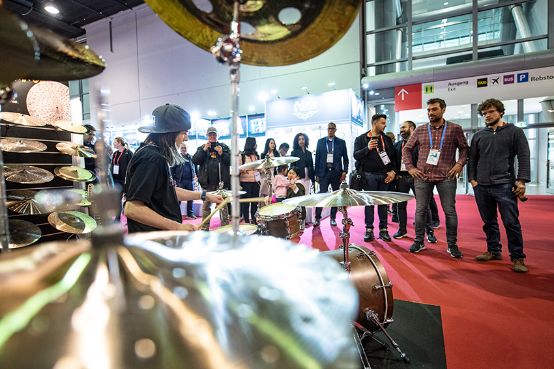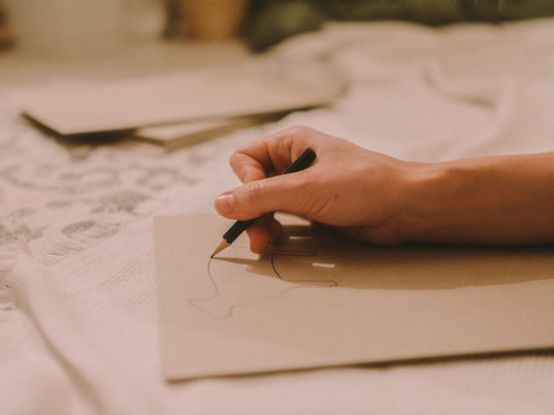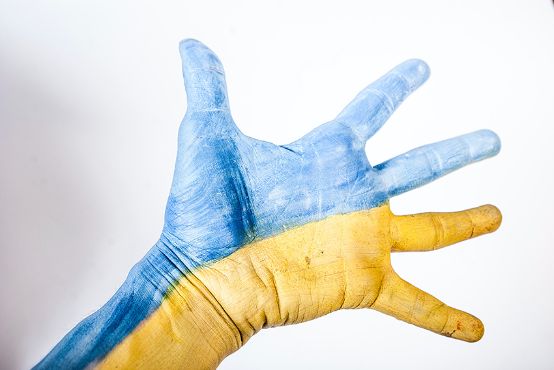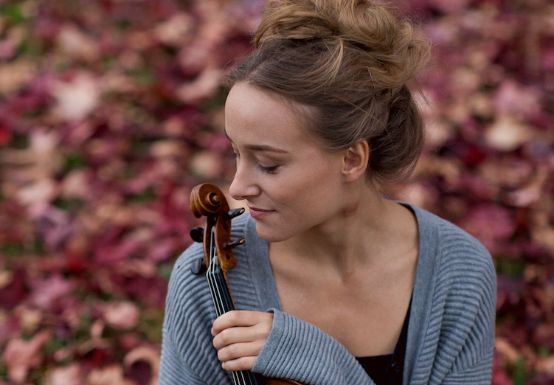On the way to the final in Zurich
The 47th Entrada of the Swiss Youth Music Competition (SJMW) took place last weekend in Arbon, Geneva, Liestal, Lugano, Neuchâtel, Winterthur and Zug.
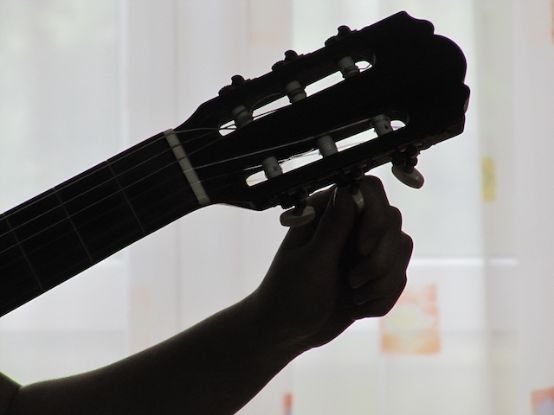
From March 4 to 6, 2022, adolescents from all over Switzerland took part in the entrada competitions of the Swiss Youth Music Competition (SJMW). Over 1,000 music-loving young people took on a panel of judges alone, as a duo, in chamber music ensembles and/or as composers. Over 150 jury members were called upon to evaluate the entries.
A total of 774 prizes were awarded, including 90 1st prizes with distinction and 224 1st prizes. This means that 219 individual and 37 chamber music formations will be heard at the final from April 29 to May 1, 2022 at the Musikschule Konservatorium Zürich.
The detailed ranking lists with the results of the participants can be found on our homepage under the following link: sjmw.ch/classica/downloads







